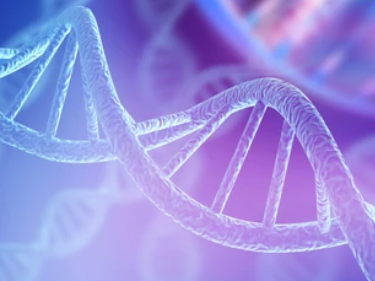Structural Biology

Creative Biostructure has launched the iEM Platform, a unique integrated platform for electron microscopy (EM) and other microscopy technologies. Among them, cryo-electron microscopy (cryo-EM) helps to study the three-dimensional (3D) structure of macromolecules and their assembly under near-natural conditions and is a powerful tool for determining the structure of biomolecules in recent years. Compared with conventional methods such as X-ray crystallography and NMR, high-resolution cryo-EM has many advantages in the determination of small membrane proteins and large supermolecular complexes, opening the door to a deeper understanding of the chemical mechanisms governing structure-function relationships and revealing new biological phenomena. Here, we focus on structural/functional studies of macromolecules and subcellular complexes such as ribosomes, extracellular vesicles, membrane proteins, and protein complexes mainly using cryo-EM.
Overview of Cryo-EM
Cryo-EM includes two major 3D cryo-EM analysis strategies, namely single particle analysis (SPA) and cryo-electron tomography (cryo-ET). SPA as a useful technique for structural analysis of large, structurally heterogeneous, and dynamic complexes, has been increasingly used to analyze membrane proteins in recent years. This technique can achieve the 3D reconstruction of samples by computationally averaging multiple 2D projection images of the same particle. Cyo-ET is another three-dimensional electron microscopy technology. This technique is used to calculate 3D reconstruction results by tilting the sample under an electron beam and observing a series of 2D TEM images of the same cell region from different directions. This advanced EM tool is suitable to characterize and analyze subcellular organelles, in sizes smaller than 100 nm and in complex membrane compartments.
Advantage of cryo-EM for structural biology, including,
-
The relatively high resolution.
-
Natural conformation analysis. Samples will be fixed and vitrified by rapid freezing in liquid ethane to preserve their near-native state of the structure. And the ability to determine the coexistence of multiple structures in the same sample.
-
No need for crystallization. The ability to resolve many structures of biological macromolecules that traditional crystallography cannot, such as membrane proteins, ribosomes, and other large complexes.
-
Minimal sample requirements.
What Can We Help You?
Subcellular Organelle Characterization
Extracellular Vesicle (EV) Characterization
-Purity, integrity, size, and size distribution of EVs.
-Morphological characterization of EVs, including circularity and internal morphology.
-Observation of EVs containing proteins and monitoring EV uptake by recipient cells.
-Assessment of stability of EVs.
-Imaging and structural investigation of nucleic acid-protein interactions.
-Characterization and analysis of DNA samples offered by customers.
-Characterization and analysis of viral DNA/RNA.
-Analysis of cytoskeletal structure.
-Study of the mechanistic connections between organelles and the cytoskeleton.
-Study of the structure, kinetics, and function profiling of membrane proteins.
Protein Complex Characterization
Antigen-Antibody Complex Characterization
Structural biology is a subfield of biology that focuses on the study of the structures of molecules and how they relate to function. However, the size, complexity, and flexibility of the molecules hinder high-resolution structural characterization. At the iEM Platform, they are no longer barriers. Creative Biostructure is dedicated to helping structural biologists to study the structure/function of macromolecules and subcellular complexes using advanced microscopy methods. For more information about our solutions, techniques, or instrumentation, please don't hesitate to contact us . We look forward to talking to you.

